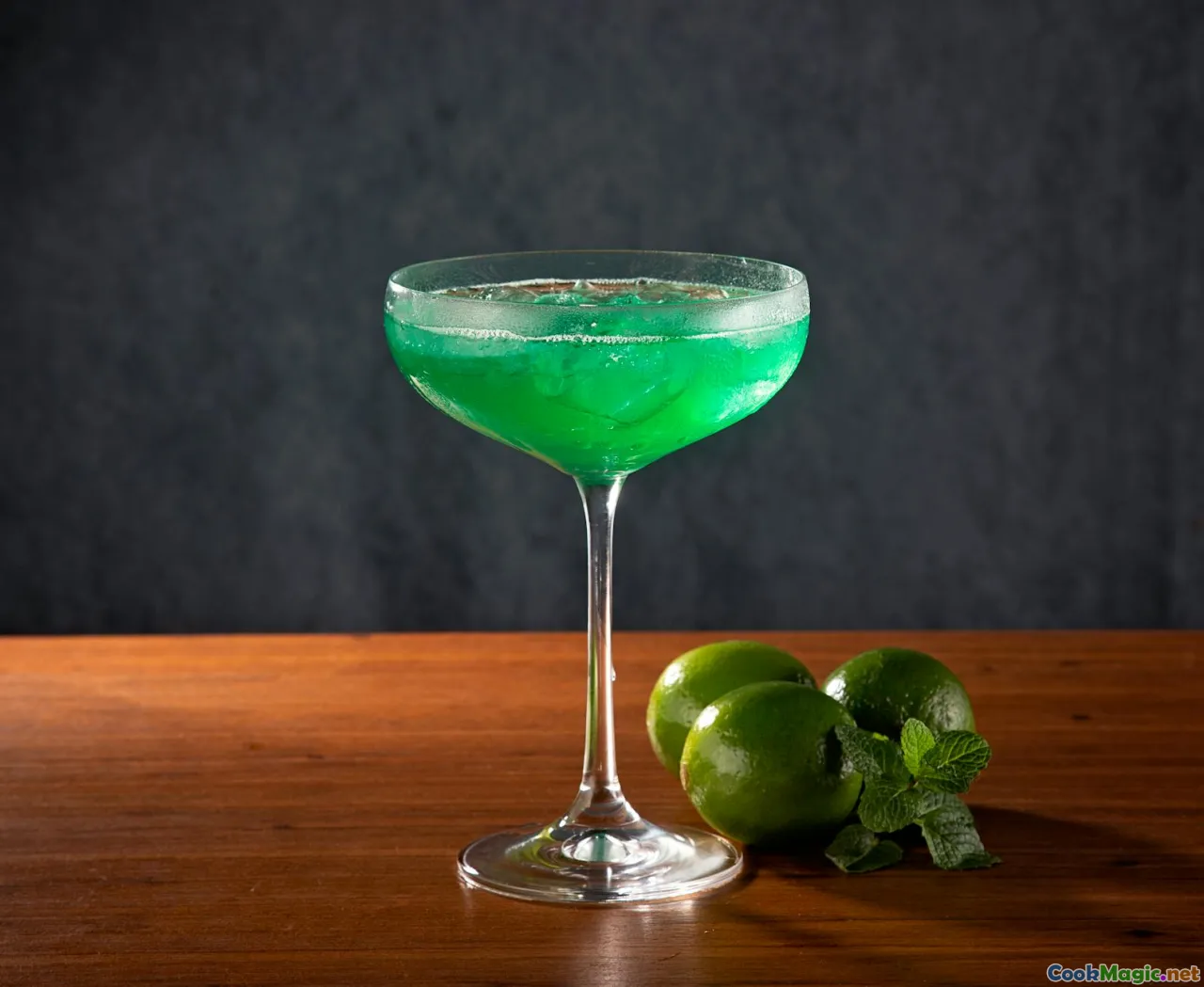Choosing the Right Glassware for Mixed Drinks
8 min read Discover the art of selecting perfect glassware to elevate your mixed drinks, enhancing flavor, aroma, and visual appeal for every occasion. April 27, 2025 16:00
Choosing the Right Glassware for Mixed Drinks
Imagine strolling into a dimly lit bar, the air thick with the scent of citrus, bitters, and spirits. Your eyes are immediately drawn to the array of glassware shimmering under the warm glow — each uniquely designed, each promising to elevate the drink it cradles. The choice of glassware isn’t merely about aesthetics; it’s an essential element of the cocktail experience that influences aroma, temperature, and even the way your taste buds perceive flavors.
The Power of Presentation: More Than Just Looks
In the world of mixology, glassware is an extension of the bartender’s artistry and the drinker’s anticipation. A well-chosen glass does more than showcase a vibrant hue or a delicate garnish — it enhances the sensory journey. Think of a crisp Martini served in a sleek, conical glass, its icy clarity highlighting the purity of gin and vermouth. Or a smoky Old Fashioned in a hefty, rounded tumbler, inviting you to savor the rich aroma of muddled citrus and bitters.
The right glass can transform a simple blend of spirits into a memorable experience, making every sip feel like a toast to craftsmanship.
Historical Roots and Cultural Significance
Glassware styles have evolved alongside cultures and eras, reflecting societal preferences and technological advancements. The coupe glass, with its elegant, shallow bowl, dates back to the early 20th century and was originally inspired by the shape of a Marie Antoinette wig — a symbol of glamour and sophistication.
In Japan, sakazuki—small, wide-mouthed cups—are integral to traditional sake drinking, emphasizing ritual and respect. Meanwhile, the highball glass emerged from the Japanese whisky culture, designed to accommodate tall, ice-filled drinks that emphasize refreshment and balance.
Understanding these historical and cultural nuances enriches the modern bartender’s repertoire, allowing for a more authentic and respectful presentation.
The Science Behind Glassware Selection
Different glasses influence the way aromas are perceived, how temperature is maintained, and even how the drink feels in your hand.
- Aromatics and Scent Release:Narrower rims concentrate aromas, making them ideal for spirits like whiskey or brandy. Conversely, wider glasses like theballoon glass for Cognac allow for gentle swirling, releasing complex scents.
- Temperature Control:Thick-walled glasses, such as therocks glass, insulate drinks longer, keeping your bourbon or Scotch at the perfect chill.
- Visual Appeal: Clear, transparent glass showcases the drink’s color and garnish, while textured or colored glassware can add visual intrigue.
Popular Types of Glassware and Their Uses
1. Highball Glass
Capacity: 8-12 oz Uses: Gin and tonic, rum and cola, whiskey soda Features: Tall, straight sides, designed for mixed drinks with ice and mixers. Its height emphasizes the drink’s refreshing nature.
2. Old Fashioned / Rocks Glass
Capacity: 6-10 oz Uses: Whiskey, Negroni, Sazerac Features: Short, wide mouth, perfect for muddling ingredients and enjoying the aroma.
3. Martini Glass (Conical or V-shaped)
Capacity: 6-8 oz Uses: Classic martinis, cosmopolitans Features: Slim stem, wide bowl — elevates elegance and showcases clarity.
4. Coupe Glass
Capacity: 5-7 oz Uses: Champagne cocktails, vintage cocktails like the Sidecar Features: Shallow, broad bowl reminiscent of the 1920s glamour.
5. Nick & Nora Glass
Capacity: 4-6 oz Uses: Martini, Manhattan Features: Smaller, more refined than the classic martini glass, adds sophistication.
6. Snifter
Capacity: 6-12 oz Uses: Brandy, aged spirits Features: Wide bowl narrows at the top, ideal for swirling and releasing complex aromas.
7. Tumbler / Old Fashioned Glass
Capacity: 8-10 oz Uses: Whiskey, rum, cocktails served over ice Features: Thick base, sturdy, designed for muddling and sipping.
Practical Tips for Choosing the Perfect Glass
- Match the drink's character: Light, refreshing drinks benefit from tall, slender glasses; rich, aromatic spirits shine in wide-bowled glasses.
- Consider the occasion: Elegant events call for fine crystal glasses; casual gatherings might use sturdy, versatile tumblers.
- Think about the garnish and presentation: Wide rims allow for beautiful garnishes like citrus twists or olives.
- Temperature retention: Thicker glass keeps drinks colder longer, enhancing the drinking experience.
- Personal comfort: The feel of the glass in your hand influences enjoyment. Choose a size and weight that feels natural.
Personal Insights and Anecdotes
From my years behind the bar, I’ve learned that a well-chosen glass can spark conversations, evoke nostalgia, or set the mood. I recall serving a meticulously crafted Old Fashioned in a hefty tumbler, the amber liquid catching the light, while the client’s eyes lit up, reminiscing about a trip to New Orleans. Conversely, presenting a crisp, chilled martini in a frosted coupe can elevate even the simplest of spirits to a celebration.
One of my favorite moments is watching guests’ reactions as they hold a delicate coupe, feeling its coolness and weight—an intimate connection that heightens anticipation.
Final Thoughts: Elevate Your Drinking Experience
Choosing the right glassware is an art and a science that combines history, culture, and personal taste. It’s about more than aesthetics; it’s about creating an immersive sensory experience that complements and enhances the drink itself.
Next time you prepare or order a mixed drink, pause for a moment. Think about the story you want to tell with your glass—whether it’s a timeless classic, a modern twist, or a personalized creation. The right glassware doesn’t just hold your beverage; it amplifies the flavor, aroma, and emotion behind every sip.
Cheers to elevating your mixology game—one glass at a time!









